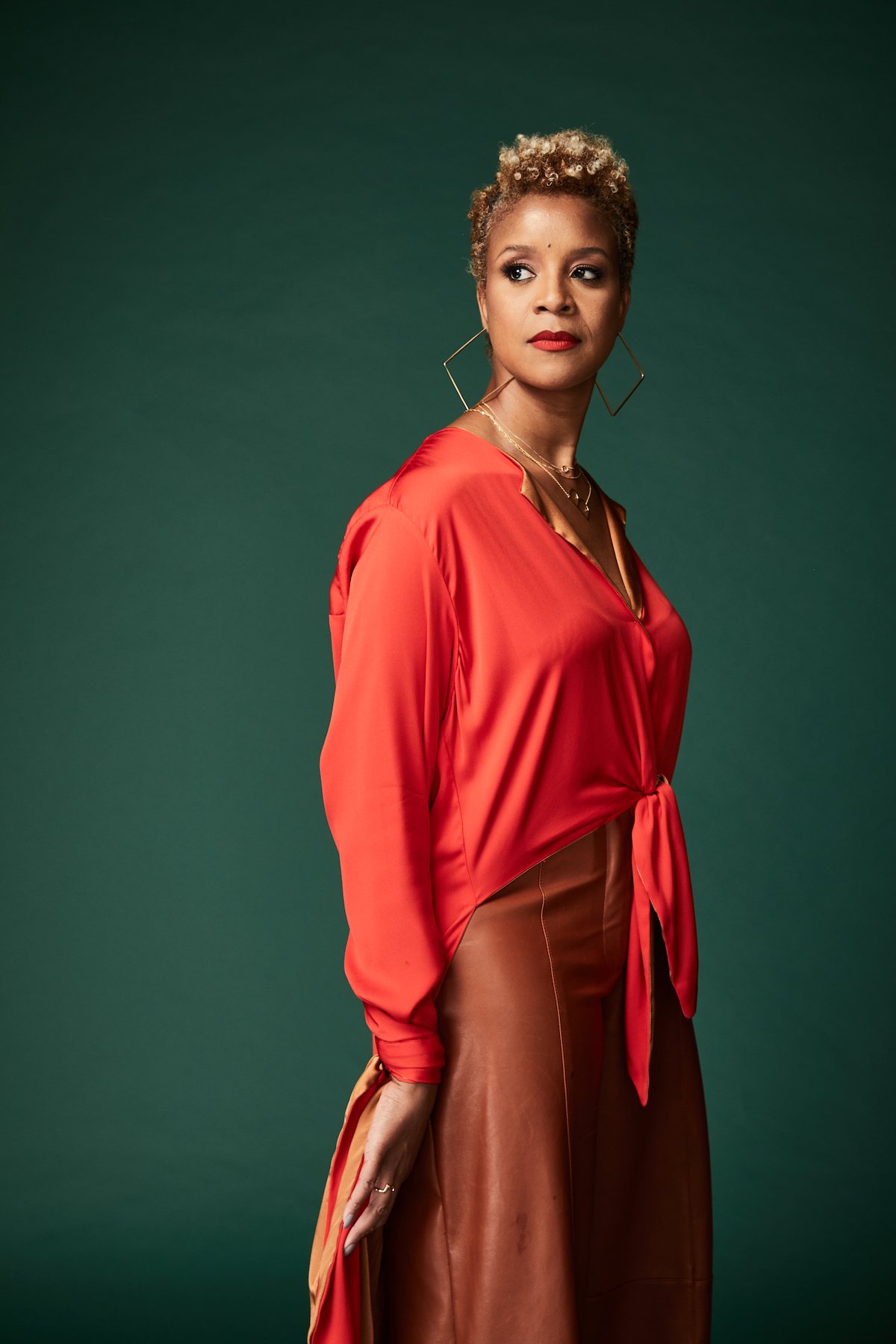For the past 13 years, Harlem’s Fashion Row (HFR) has created brand partnerships, soft recruiting events, and collaborations with Nike, Gap Inc., Levi’s, and Macy’s to support Black, Indigenous and People of Color (BIPOC) designers. This year, our goal to provide access, connections, and revenue opportunities to BIPOC designers undoubtedly began to crescendo. The CFDA and Vogue’s A Common Thread donated $1 million to our newly formed non-profit, ICON360, a fund created during the COVID-19 pandemic to empower BIPOC fashion designers with independent labels by providing them with capital to grow and scale their businesses. We formed a partnership with RAISE Fashion Group, and they are providing BIPOC-owned brands with free Pro Bono Strategic, Creative, and Tactical Support for the ICON360 and HFR Designers. We’ve hosted three virtual events to provide industry insights and networking to BIPOC designers, with speakers such as Ralph Lauren, Donna Karan, and Tracy Reese participating in those efforts, and we are presenting three BIPOC designers during NYFW on the CFDA’s Runway 360 platform on September 13th.
In the last few months, BIPOC designers have received a windfall of opportunities. With all that is amazing about these connections and opportunities for BIPOC designers, a significant problem began to surface. Most BIPOC-owned fashion brands are run by a single person or a small group of people, usually, family and close friends, who serve in every capacity from CEO, CFO, and CMO to Administrative Assistants, Photographers, and Social Media Directors. This is the scenario for most designers starting their brands, but it often remains for BIPOC designers and fashion brands. The opportunities being presented now have not been the “standard,” making it difficult for many of our brands to leverage this moment. These brands do not have CEOs, investors, and factory partners to step in to fulfill what became an overnight surge for many BIPOC fashion companies, and that has invited anxiety and fear. The fear is that they get one shot to prove themselves, and they have to rise to the occasion overnight. The fear is that if a brand doesn’t get it right the first time, a retailer will shrug their shoulders and feel good about “trying” while going back to business as usual, which excludes BIPOC designers.
I appreciate this particular moment in history because we’re going much more in-depth. We finally realize the effects of “systemic racism” in various structures, including the fashion industry. Instead of looking at the fact that retailers don’t carry BIPOC-owned brands, we’re digging to find out the “why.” We’re now looking at where brands recruit, who gets investment, and retailers’ leadership diversity, including the C-Suite and Boards. The process by which retailers bring on new designers is being examined. Organizations such as the Black In Fashion Council are asking brands to be transparent about their diversity numbers.
Like so many industries, fashion has an infrastructure that is entrenched in a hierarchy that is not conducive to most BIPOC designers. If you look at the last 100 years, what successful BIPOC designers have made millions, been acquired by a prestigious group, or have been able to go public? Who are the BIPOC-owned brands that have over 50 points of distribution? What BIPOC-owned designer brands have a CEO outside of themselves?
If you’re like me, you were hard-pressed to think of more than seven brands over the last 100 years. Seven brands over the past 100 years do not represent even 1 percent of the available brands in most retailers’ databases in 2020.
No surface level quick-fix will ever be able to address systemic racism. I realize that what HFR needs to ensure most is infrastructure. We’re not only disruptors, but we are also the rebuilders in the catalyst of change.
Buying BIPOC-owned brands is easy; supporting the infrastructure to these brands is another story. Everyone in the industry is trying to provide resources, mentoring, and opportunities. Like me, we all think it’s enough, but it is not. It is still not enough because we’re dealing with the problem on a surface level, and the problem is systemic and deep. Four hundred years deep, to be exact.
One of the hardest things you can do is look at a 400-year problem in the face and try to provide a sustainable solution. Over the years, I’ve always said that I wanted to ensure solutions that will last for the next 50 – 100 years. That goal hasn’t changed. While the job seems overwhelming, I’m encouraged by the entire fashion industry, from the CFDA to amazing retailers, magazines, and the many phenomenal organizations being formed as a village, to bestow BIPOC designers with the opportunities they deserve.
Any effort that is given towards the Black Lives Matter Movement this year needs to be a 10-year commitment because it will take time for designers to build a firm and profitable business structure. Established brands should analyze their business routine and adjust accordingly to fill the gap left by systemic racism. This includes, but is not limited to, reworking the intake process for a new designer, expanding the marketing efforts for new brands, recruiting non-traditional talent, and donating time to provide mentorship for these designers.
This moment is not a trend. The current strategies in place to ensure racial equality in fashion among creatives and executives must be long-term. Now that we’re all understanding the problem more holistically, we have a responsibility to work on a solution that will outlive us. That will be our legacy.



